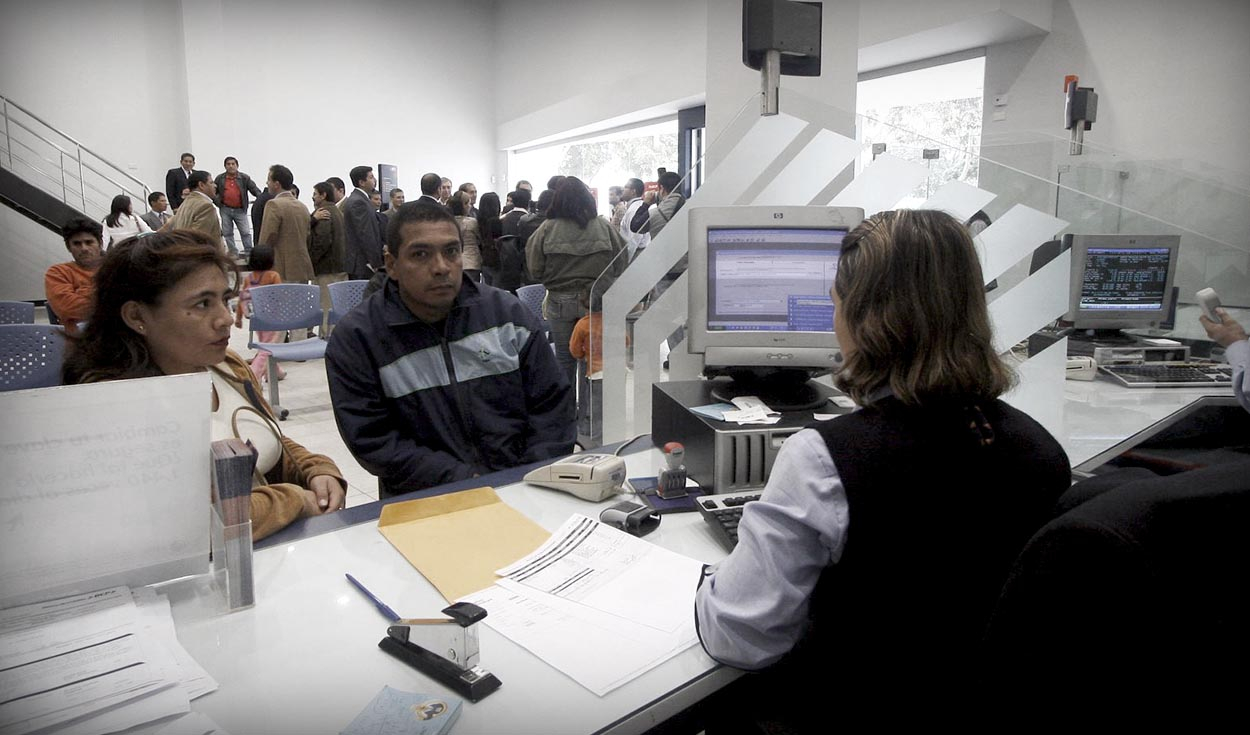
The Superintendent of Banking and Microfinance of the SBS, Jorge Mogrovejo, explained that, in a context of recession, as is experienced in Peru, microfinance institutions must be more cautious to avoid falling into insolvency. In this regard, he pointed out that with credits we would not get out of this situation, but rather by improving confidence so that there is greater private and public investment.
“No country has come out of a crisis by giving credit, because, as it is in recession, people cannot repay the loans. If the banks did that and wanted to get the country out of recession, they would go bankrupt. It has to be a joint effort, public and private sector, and an adequately solvent financial sector, ready to lend, is the way to get out of a recession. There are no magic recipes,” he said during the inauguration of the XIV International Microfinance Congressin Tacna.
According to Mogrovejo, programs like Impulse MyPerú Yes, they are important initiatives, since they constitute public spending. The State pays high rates to microfinance institutions for non-compliance by users and the depositors’ money is not put at risk. “At this moment what is needed is credit guarantee mechanisms like these,” he told this medium.
Microfinance in times of recession and inflation
The superintendent emphasized that this process of simultaneous recession and inflation will pass quickly. However, microfinance institutions must be especially careful when granting loans, given that the number of borrowers and the universe of those who are able to repay them will be reduced. All this would generate more competition between entities.
“It is not that in a recession credit is going to paralyze, it is simply that risk managers have to be much more careful. Mistakes can be costly, that is, if a bank is too optimistic and wants to lend beyond what it lent before in a recession, it can lose a lot., can jeopardize your solvency. For this, adequate financial and capital planning is essential,” Mogrovejo said.
How are the municipal funds’ capital today? Of a total of 11, 10 have capital ratios above 13%. In addition, these 10 savings banks together have a ratio of 14.6%, which means that they do not need more capital, said the SBS superintendent.
For his part, the president of the Peruvian Federation of Municipal Savings and Credit Banks (FEPCMAC), Jorge Solís, said that the growth prospects for next year are worrying, since we would only grow between 1.5% and 2%, even with the rebound effect. “Policies are not being directed to reactivate the country’s economy from the base of the pyramid. “I think we have to reactivate the economy from below, helping people, deepening credit.”said.
In this way, he recalled that municipal savings banks participate with more than 80% of loans granted to mypes; Thus, they have lifted thousands of people out of poverty through the “virtuous circle” of credit. Likewise, he explained that, in the case of Compras MyPerú, many companies cannot respond to the State’s orders because they do not have the production capacity. In addition to this, entities are more conservative in lending, which implies that the microentrepreneur is even more excluded.
Source: Larepublica
Alia is a professional author and journalist, working at 247 news agency. She writes on various topics from economy news to general interest pieces, providing readers with relevant and informative content. With years of experience, she brings a unique perspective and in-depth analysis to her work.












